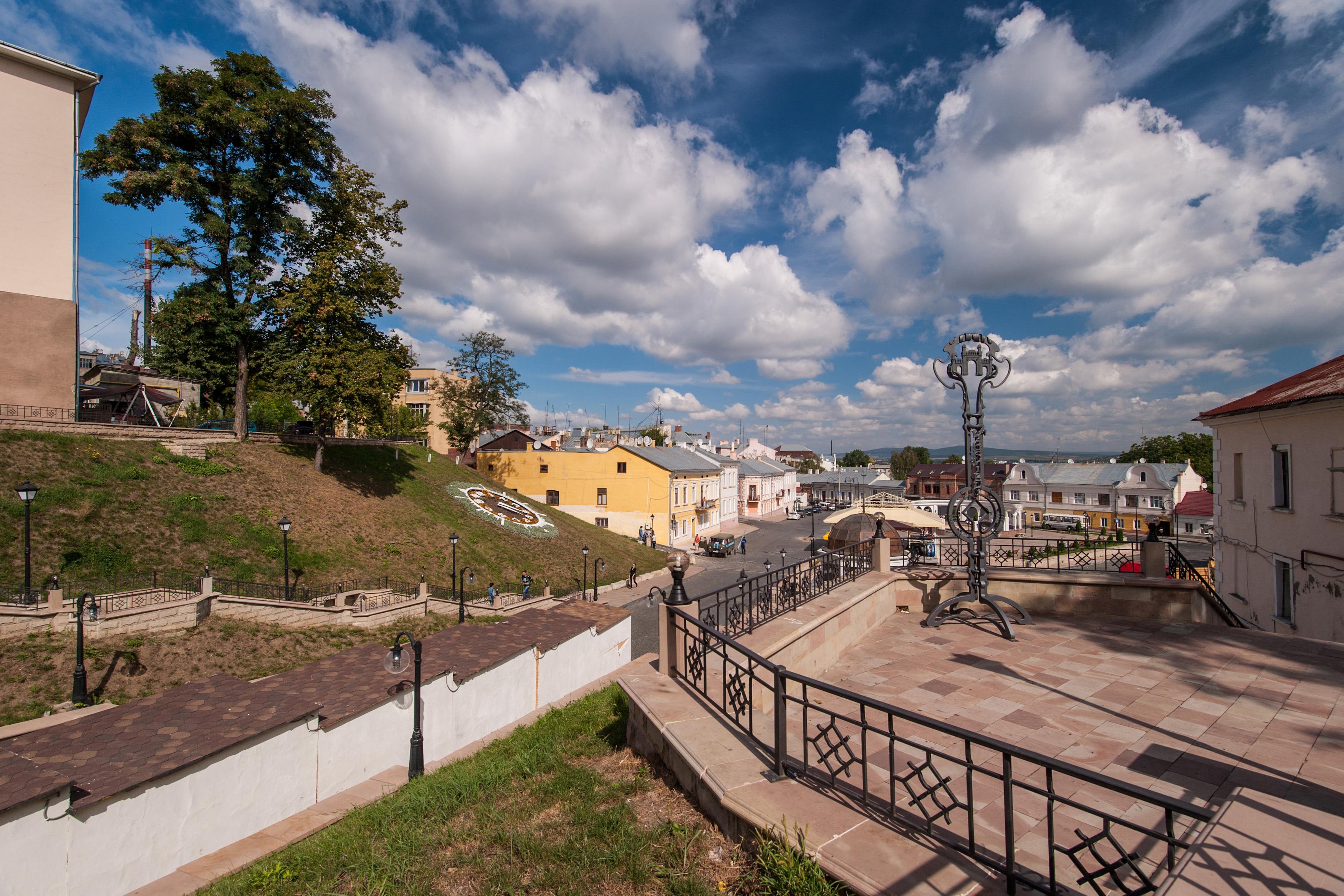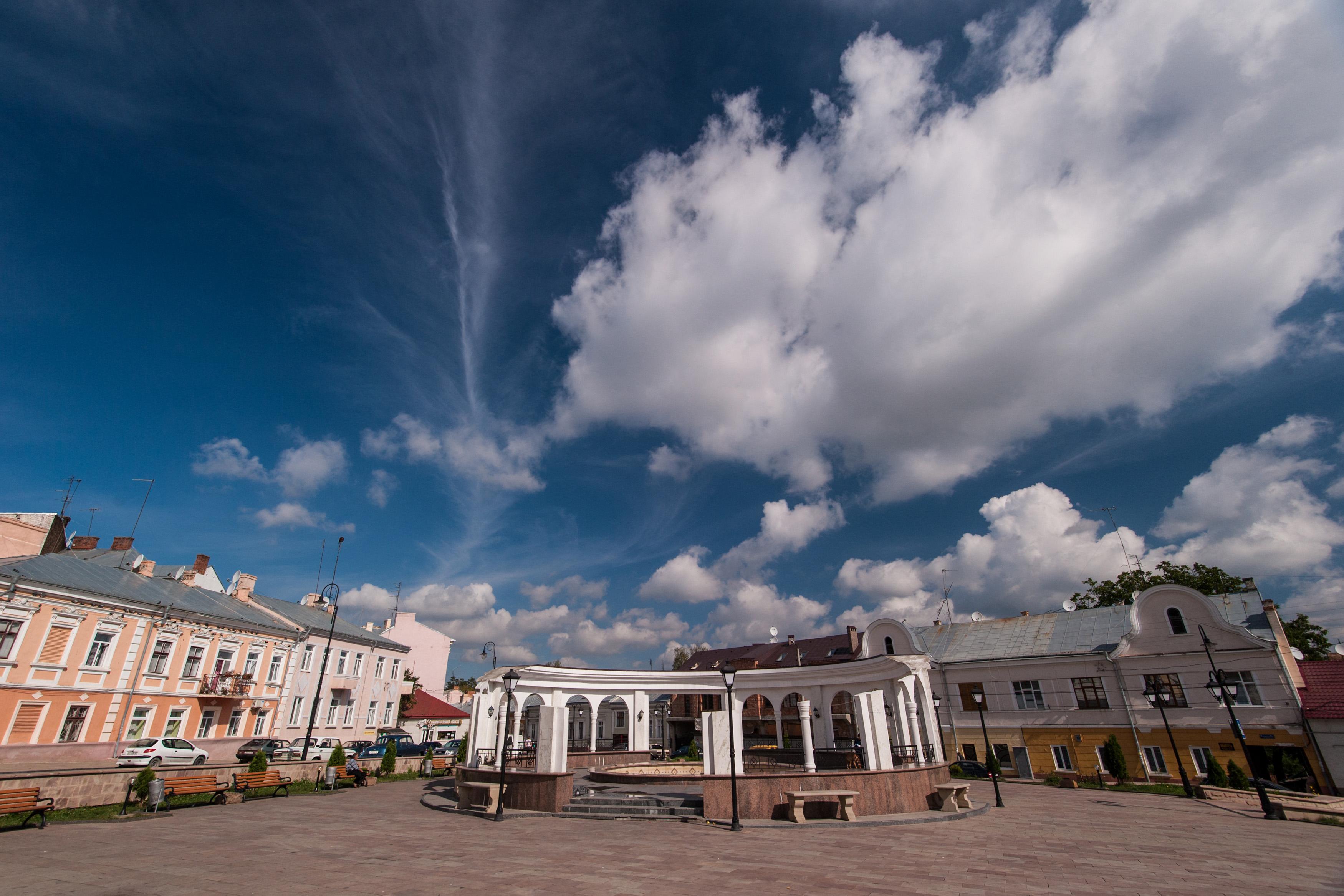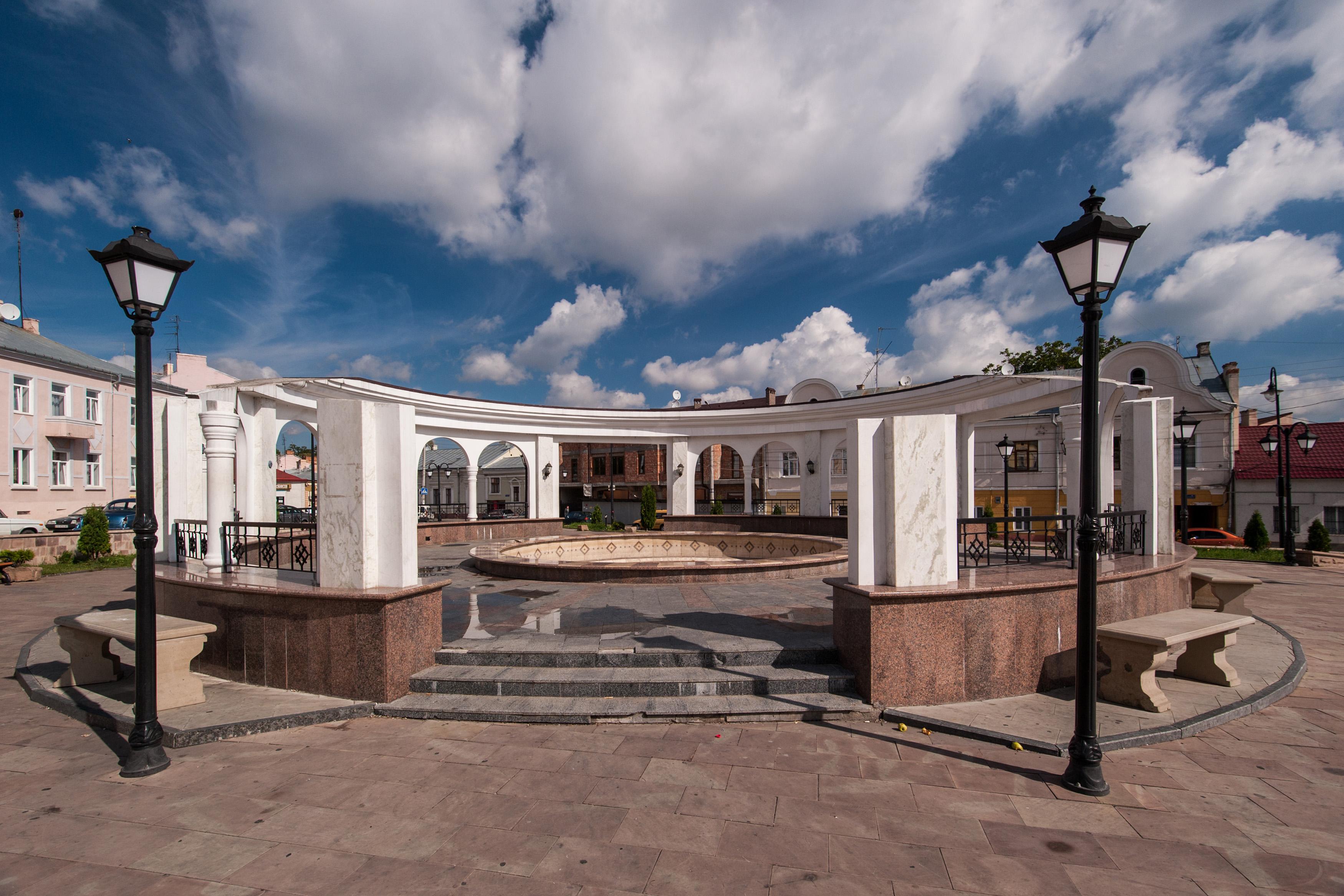
St. Mary's Square and the oldest water spring in the city
St. Mary's Square with its ancient charm and modern architectural creations is one of the most visited among Chernivtsi residents and guests. Previously, the area was called "Turkish", because here is the oldest water spring in Chernivtsi - the legendary "Turkish well". The construction of this stone reservoir on the site was a reminder of the Ottoman rule in Bukovyna. At the end of the 18th century the well was overhauled. Nearby was a gendarme's post, which made sure that water was taken only for drinking. A romantic legend about the love of a Turkish pasha for a simple Ukrainian girl is connected with this source. According to legend, once near the well pasha met a girl who was getting water and fell in love with her. He even offered her to be one of his wives, but the proud girl refused. After that, the Turk forbade people to take water from the well. The next day the girl came to the spring, looked at the pasture and rushed to the well.
After the Ottomans withdrew from the local lands, the "Turkish" well was used by Orthodox Christians for a long time during the celebration of Epiphany. After all, the Orthodox Church of the Assumption of Mary has been located near the spring for several centuries. The church stood on the square for almost a century, then it was moved to Kalichanka - a suburb of Chernivtsi. And the Jews took water from the "Turkish well", using it for mikvah - a ritual pool, which was also located here. Thus, the shrines of the three nations were located on the Turkish Square.
During the Soviet period, the well, the square and the surrounding buildings fell into disrepair. The square was completely reconstructed in 2008 - to the 600th anniversary of Chernivtsi. The well was restored by a Turkish construction company, which built a beautiful openwork gazebo over it, made in oriental style. A round arcade with a fountain is located nearby. The square was decorated with an original flower clock, and an iron wrought-iron bicycle appeared here a year later. A stone staircase, illuminated by many lanterns, now leads to the hill with the flower clock. They can rise to the second level of the square, namely the Turkish Bridge, which has always inspired artists and poets.







